This review highlights innovations in quantum optics, emphasizing time-bin entanglement and integrated devices for scalable, high-fidelity quantum applications.



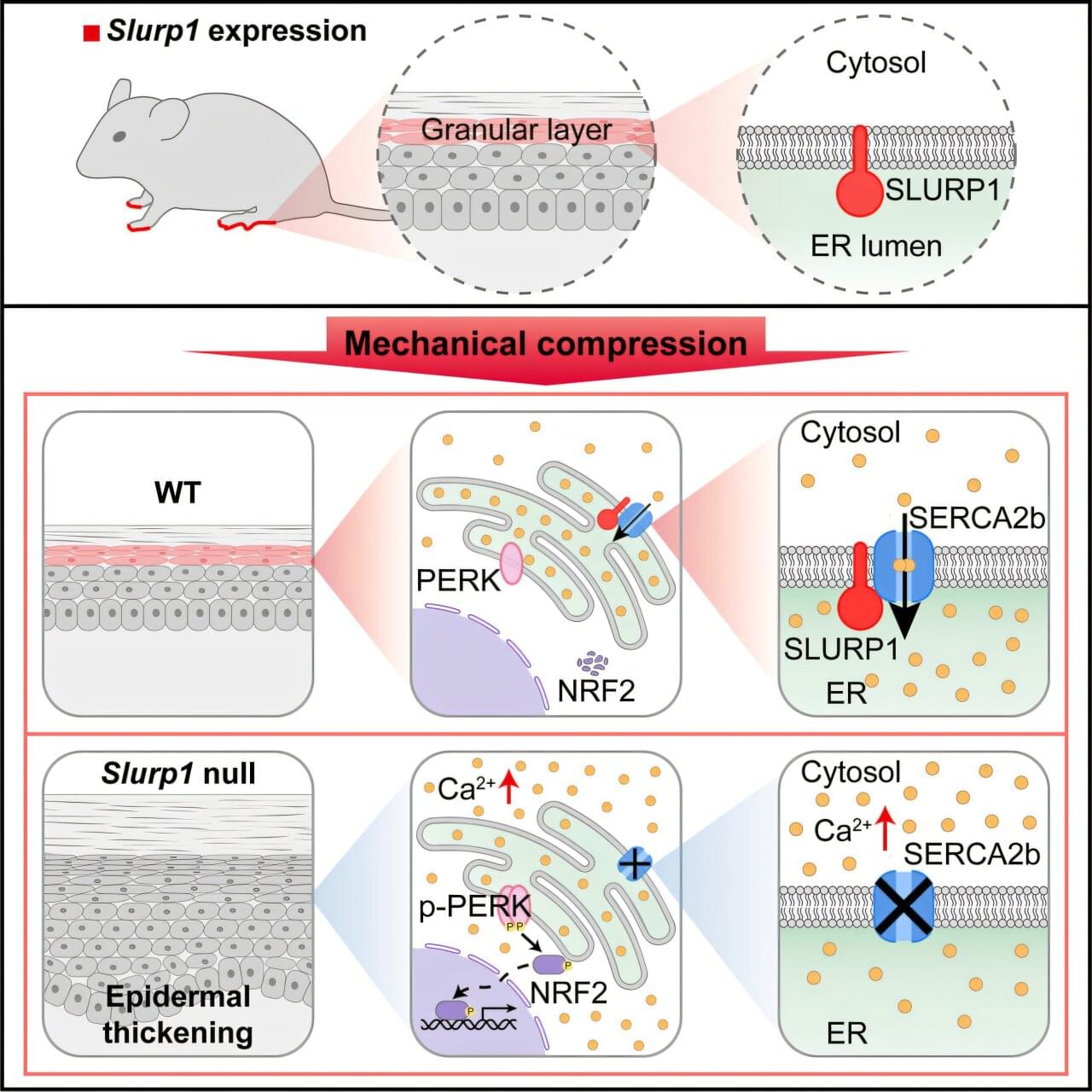
One of the most significant moments in the evolutionary journey of life on this planet was the transition from water to land. This huge step required animals to adapt to new challenges, including supporting their body weight and developing new modes of locomotion. These changes put increased pressure on weight-bearing skin, such as paws and soles.
Despite its importance, the molecular mechanisms by which skin maintains its stability (homeostasis) under this constant pressure have been poorly understood. However, in a paper published in the journal Cell, scientists from China have revealed new insights into how skin adapts to these physical forces.
To better understand what happens, the researchers focused on the Slurp1 gene, which provides instructions for making a protein (SLURP1) found in skin cells and other cells that line the surfaces and cavities of the body. It is present in amphibians, reptiles, birds and mammals but not in invertebrates and fish. This suggests that it could’ve emerged alongside terrestrial adaptation.
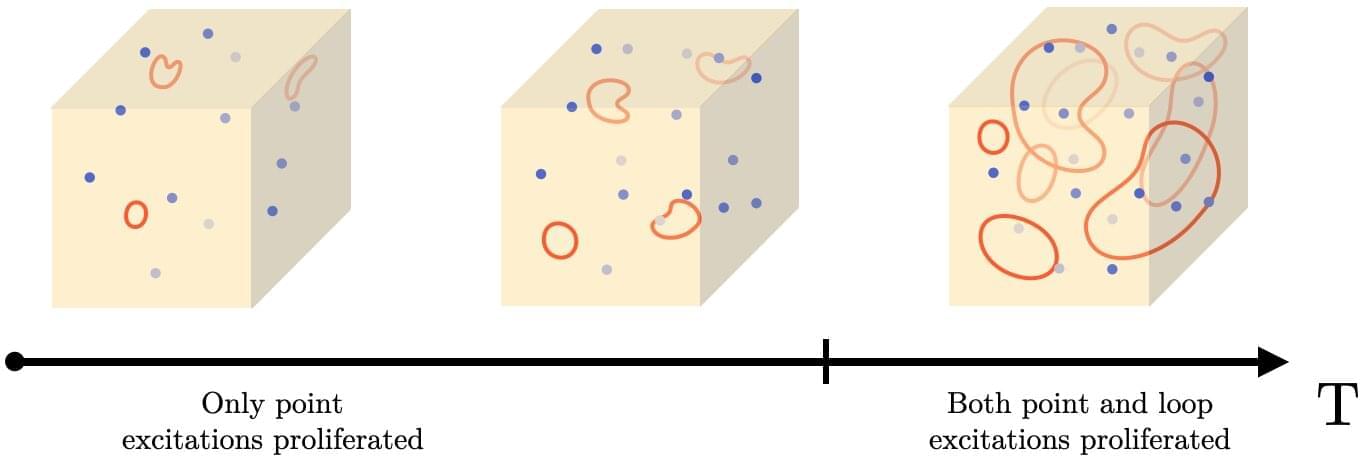
Some phases of matter cannot be described using the conventional framework of symmetry breaking and exhibit a so-called quantum order. One type of quantum order, known as topological order, is characterized by long-range entanglement between particles across an entire system, a ground state degeneracy that depends on the global shape of the system, and a robustness against local disturbances.
Topological phases of matter primarily occur at zero temperature, as thermal fluctuations tend to destroy them and disrupt their underlying order. In a recent paper published in Physical Review Letters, however, researchers at Nanjing University, Yale University and other institutes reported a new 3D topological phase of matter characterized by an anomalous two-form symmetry that occurs at non-zero temperatures.
“In the last several years, we have made substantial progress in our ability to control quantum systems —over a range of different platforms: superconducting qubits, trapped ions, neutral atoms, photonics, and so on,” Tyler D. Ellison, senior author of the paper, told Phys.org.
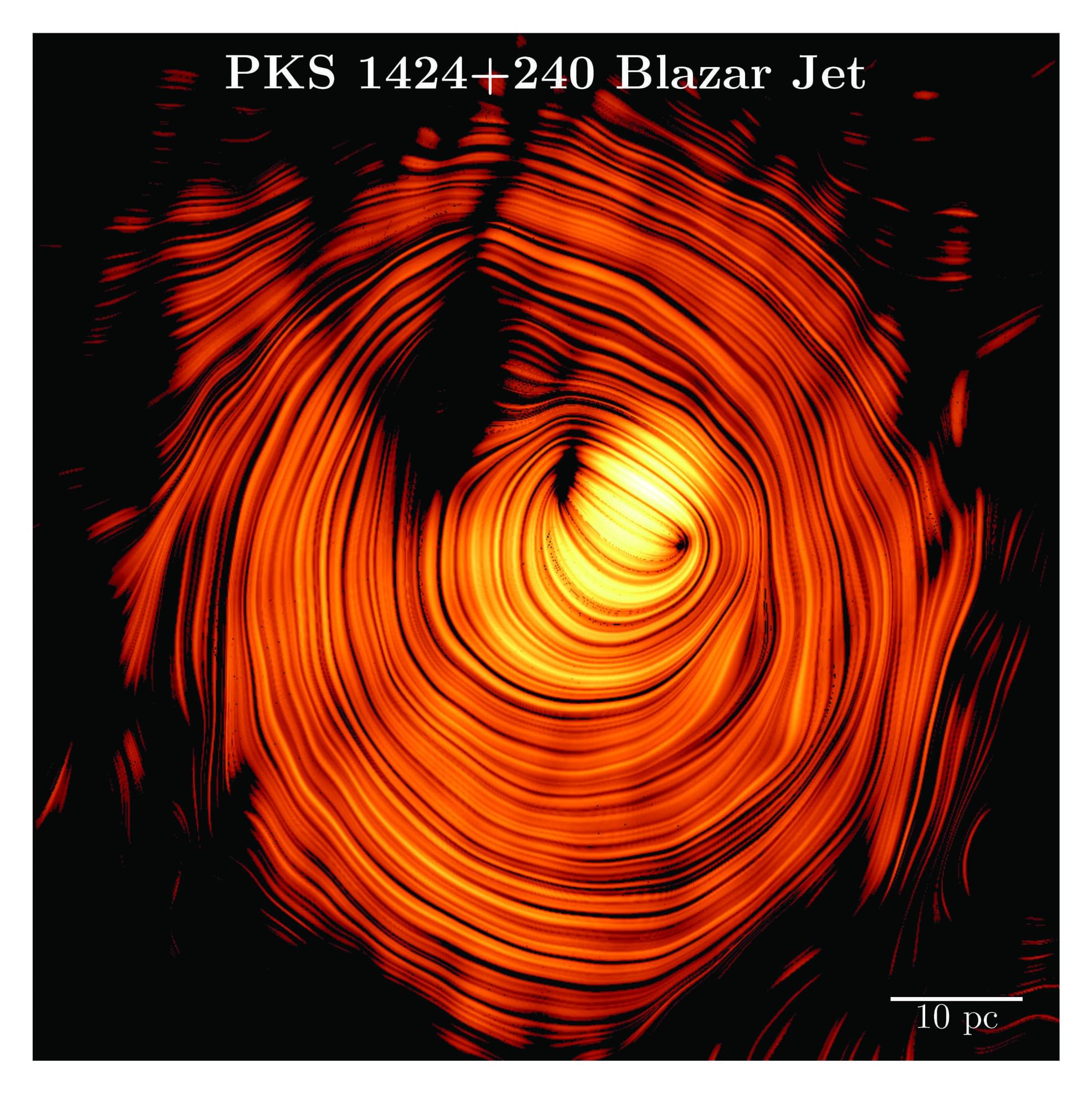
A stunning new image of a cosmic jet has helped astronomers unlock the mystery behind the unusually bright emission of high-energy gamma rays and neutrinos from a peculiar celestial object. The source is a blazar—a type of active galaxy powered by a supermassive black hole devouring matter at the heart of a galaxy. They have captured what looks like the mythical “Eye of Sauron” in the distant universe and may have just solved a decade-long cosmic puzzle.
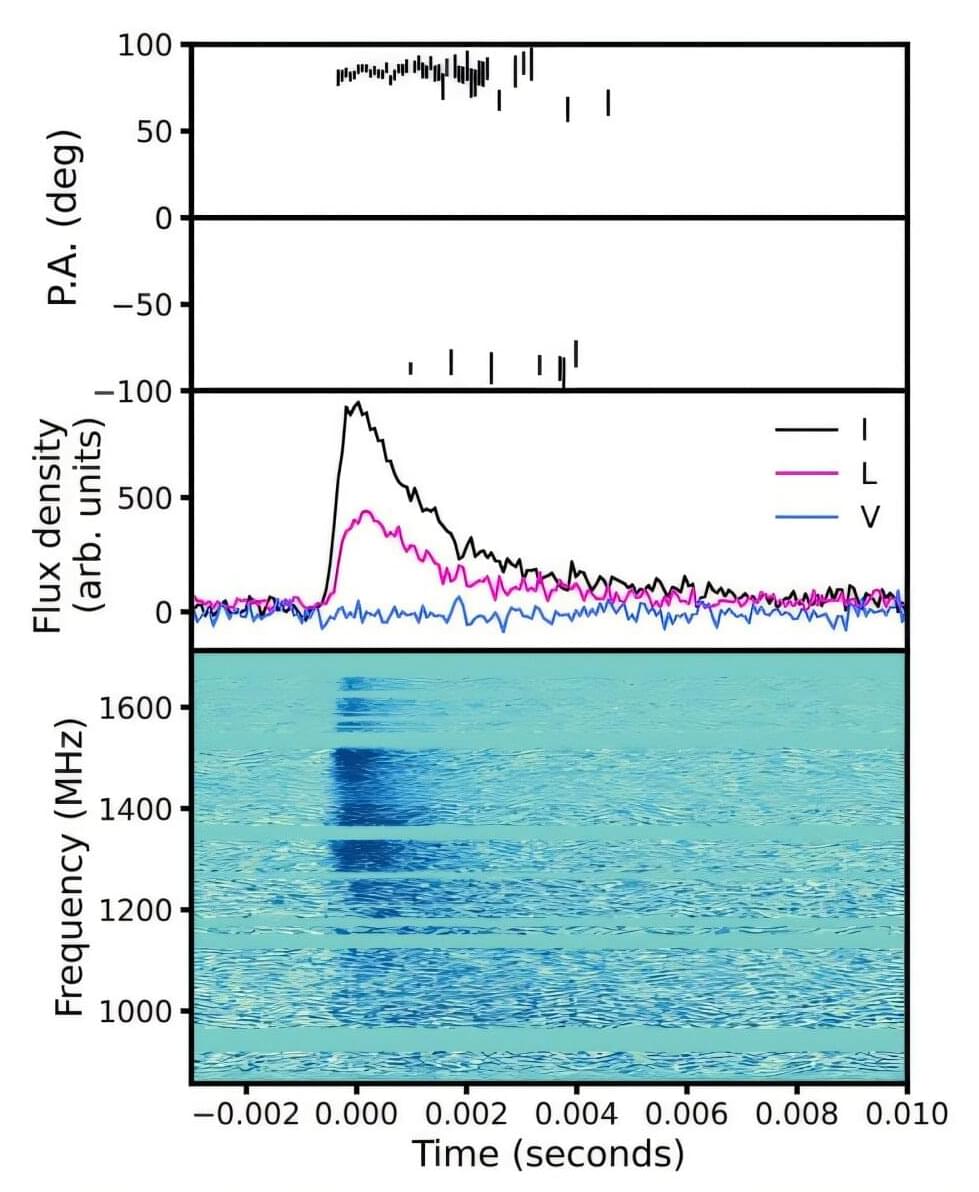
Using the MeerKAT radio telescope, an international team of astronomers have discovered a new fast radio burst, which received designation FRB 20240304B. The measured redshift of FRB 20240304B indicates that it is the most distant fast radio burst known to date. The finding was reported in a research paper published August 3 on the arXiv pre-print server.
Fast radio bursts (FRBs) are intense flashes of radio emission that last only a few milliseconds and showcase the characteristic dispersion sweep of radio pulsars. To date, the physical nature of this mysterious phenomenon remains unknown; however, astronomers consider a variety of explanations ranging from synchrotron maser emission from young magnetars in supernova remnants to cosmic string cusps.
The vast majority of FRBs have been detected at relatively low redshifts of below 0.5. Therefore, their distribution at higher redshift is still poorly studied. That is why astronomers are especially interested in finding new high-redshift FRBs, as they can offer important clues about galaxy formation when the universe was a few billion years old.
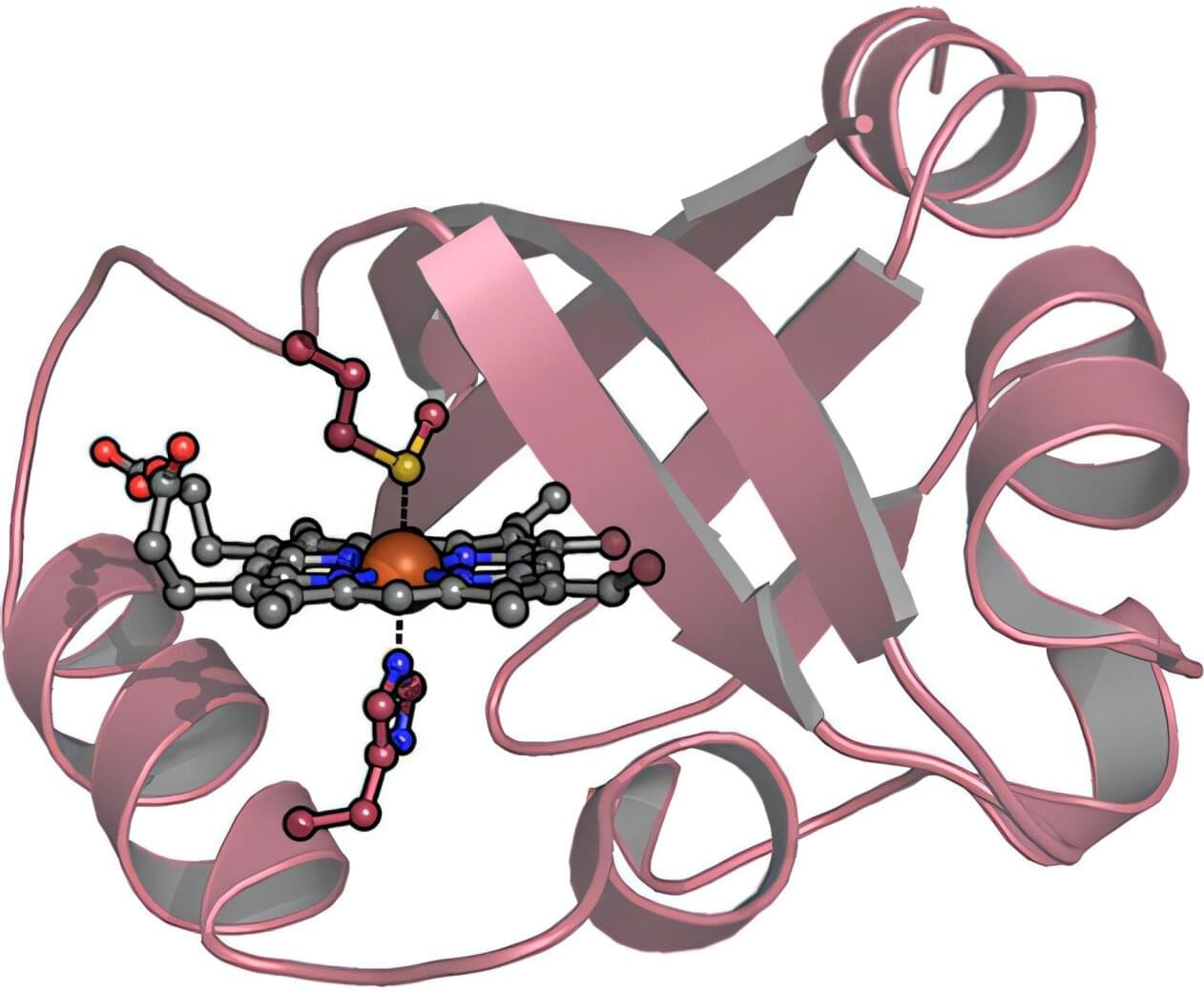
University of Maryland School of Medicine (UMSOM) researchers, along with their colleagues, engineered a new molecule that appears promising as an effective antidote for carbon monoxide poisoning with fewer side effects than other molecules currently being tested, according to a new study published in the journal PNAS.
Carbon monoxide poisoning accounts for 50,000 emergency room visits in the U.S. each year and causes about 1,500 deaths. These deaths may occur when carbon monoxide released from combustion builds up in an enclosed space, which can result from ventilation failures in indoor natural gas burning equipment, or running gasoline generators or automobiles indoors or in a closed garage. Carbon monoxide poisoning is also associated with most fires from smoke inhalation.
Currently, the only treatments for carbon monoxide poisoning are oxygen-based therapies, which help the body eliminate the toxic gas. However, even with treatment, nearly half of survivors suffer long-term heart and brain damage. This has created an urgent need for faster, more effective therapies.

The introduction of artificial intelligence (AI) to assist colonoscopies is linked to a reduction in the ability of endoscopists (health professionals who perform colonoscopies) to detect precancerous growths (adenomas) in the colon without AI assistance, according to a paper published in The Lancet Gastroenterology & Hepatology.
Colonoscopy enables detection and removal of adenomas, leading to prevention of bowel cancer. Numerous trials have shown the use of AI to assist colonoscopies increases the detection of adenomas, generating much enthusiasm for the technology. However, there is a lack of research into how continuous use of AI affects endoscopist skills, with suggestions it could be either positive, by training clinicians, or negative, leading to a reduction in skills.
Author Dr. Marcin Romańczyk, Academy of Silesia (Poland), says, To our knowledge, this is the first study to suggest a negative impact of regular AI use on health care professionals’ ability to complete a patient-relevant task in medicine of any kind.

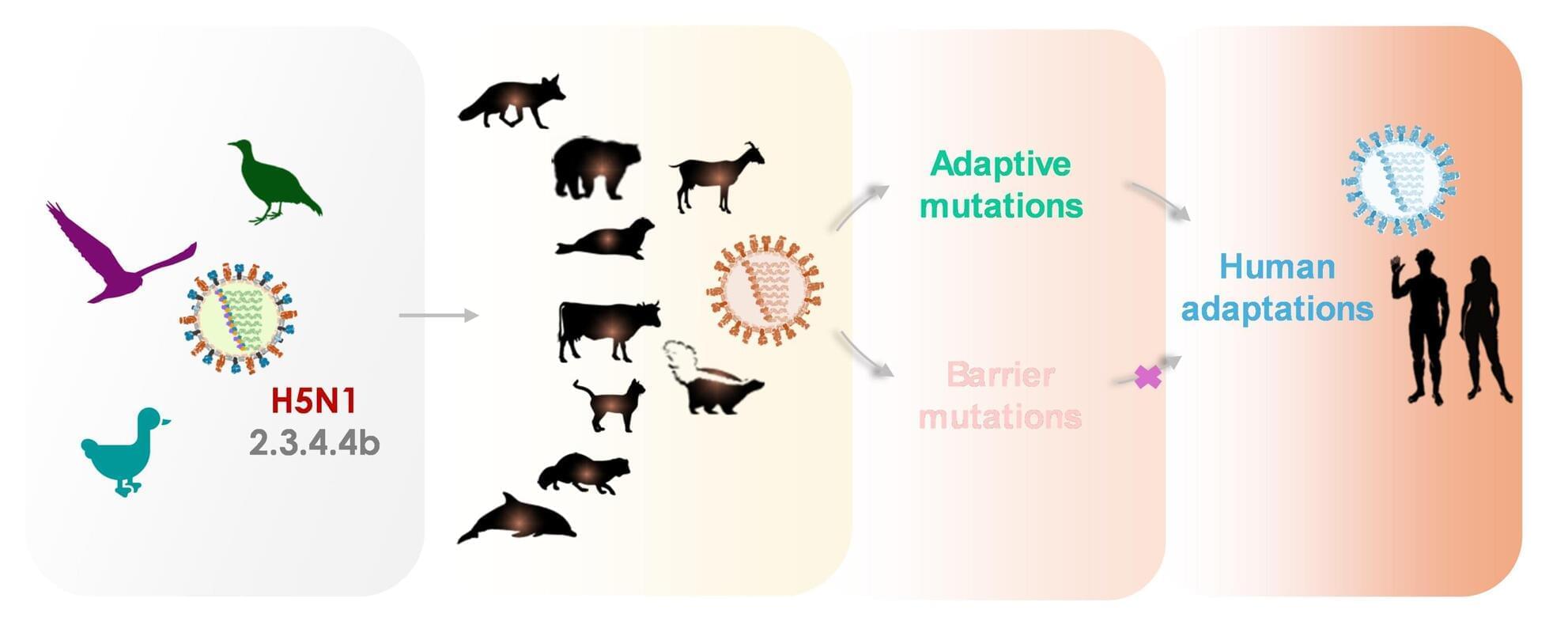
In recent years, there has been growing concern over the H5N1 influenza virus. It was first identified in birds three decades ago and has now gradually found its way to humans. H5N1 is a strain of the influenza virus harboring type 5 hemagglutinin (H5) and type 1 neuraminidase (N1) surface proteins, which help in viral entry and spread, respectively.